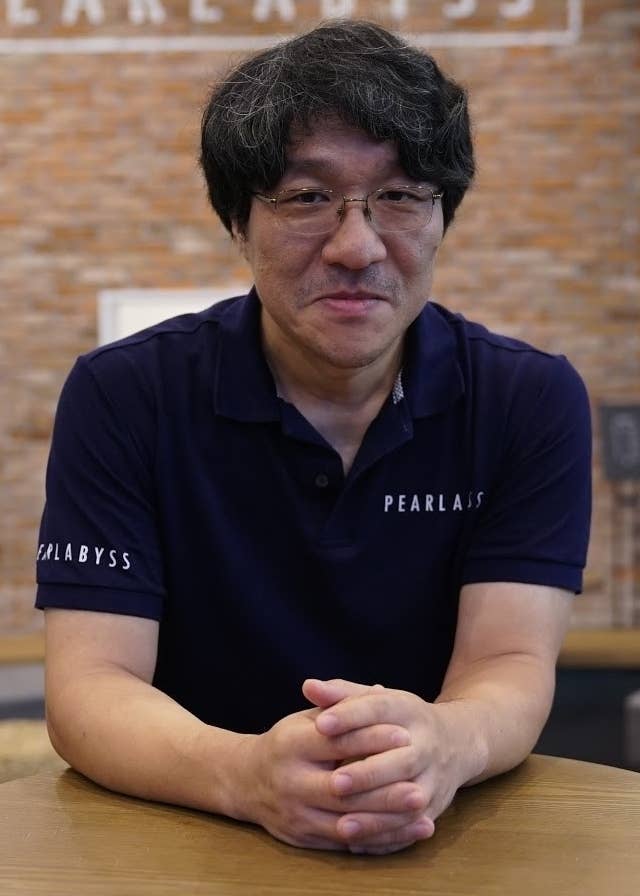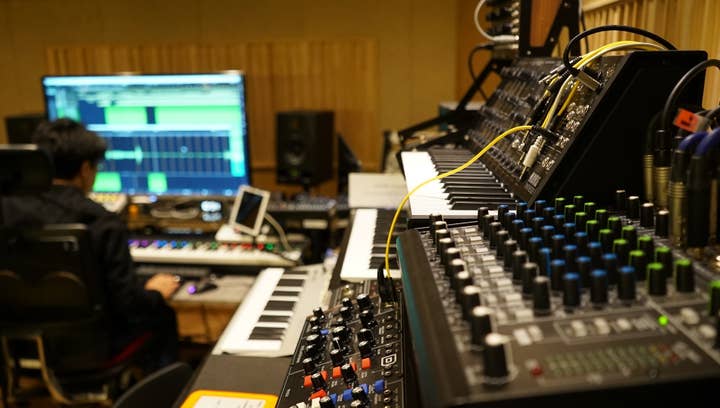How to bring your game world to life with impactful sound design
Pearl Abyss' composer and audio director Hwiman Ryu on how engaging audio design can heighten players' experience
An immersive gaming world can live or die by its use of sound to draw the player in and create a deeper relationship between action and reaction.
Exciting setpieces, world design, character presence, combat, in-game mechanics and more can boost the player experience to new heights with strong sound design.
In this article, we'll explore the things you should be thinking about when approaching sound design in games and impactful ways to draw the player into the worlds you're creating.
What is "impactful sound design?"
Your game is another world that players live in. In-game music and the sounds the players are surrounded by is one of the most important components that make players feel that they truly live in the game world.

For any in-game sound and music to truly serve its purpose, it first of all needs to fit well with the in-game graphics, the game story and the scenarios you're creating. To make sure our sounds and music fit, Pearl Abyss' audio team carefully follows these steps:
Step 1
Compose and iterate in the creation tool, but still continuously check the in-game scenes that will go with them by importing the gameplay videos into the tool.
Step 2
Check the interactive reactions on the first draft of the music and sound effects that have been created in the game editor, and fix and change things according to the evaluations.
Step 3
Composers and sound engineers should actually go play the game so they can make sure the music and sound effects work perfectly and match the audio team's intentions. Then fix anything that feels off or different from what was intended during a final check through the gameplay.
Creating impactful game sound that is "fun and exciting"
What makes the in-game sound more impactful? You might think effects that mimic the real world best and would be the most impactful, but sometimes real sounds can be boring.
If all the in-game sound is exactly the same as the real world, even though it may give you a very natural and comfortable feeling, you might not actually find them interesting or impactful enough to make players feel excited about the game. They might not even notice them. Often an exaggerated or modified effect can be more exciting and fun, and thus enhance the gameplay experience.
From the creator's perspective, in-game audio can be defined into three categories; music, sound effect, and voiceover. Amongst these three, sound effects is the area that requires the biggest effort to make them fun and exciting.

Characters' actions, environmental effects and the UX sounds are the best examples of the key in-game sound effects. Our audio team looks for the action sound that works best for each different character class. For a video game that offers action combat gameplay, this is critical. In Asia and Korea, gamers take "hit satisfaction" -- the feeling they immediately get when they use skills and hit enemies in game -- very seriously, so this effect is very important.
In Black Desert, we tried to create the best hit sound for each and every different character class and intentionally introduced more martial arts-type noises for a range of effects. Often, this was a slightly exaggerated sound accompanied with a shouting voice, in order to make them dramatic and impactful.
In Asia and Korea, gamers take "hit satisfaction" very seriously, so this sound effect is very important
UX sound also needs to be fun. Most UX effects are not what you hear in the real world. Most of them are electronic sounds, created by modifying, mixing or recreating existing ones. Players have to listen to various UX effects in-game so making them unique and fun in a way that makes players feel pleasant is important.
Of course, any in-game music that not only fits the game but also pleases players, impresses them and touches their heart and mind will engage them.
Balancing commercial sounds with the artistic vision of sound design
Most video games pursue commercial success, and game music and sound designers also can't ignore the mass market taste and the commercial viability of the effects they design. But a good sound designer should find the right balance between commercial and creative art.
If the game sound only pursues commercial direction, it loses its uniqueness and can't have a long-lasting impact on the players' experience. So finding a good balance between two is the key.
Considerations when designing and implementing great in-game sound and music
Even when you know all the specifics about what makes for good and impactful in-game sound design and incorporate all those components into the audio design, it doesn't necessarily make it a perfect fit for every game player. There are more things to consider.
If the sound only pursues commercial direction, it loses its uniqueness and can't have a long-lasting impact on players
1. Think about the players device/equipment specs and their gameplay environment
Players play games in all different environments, using different levels of equipment and devices. Most players don't use the equipment that sound designers and engineers use at work. So you need to create audio that adapts to individual needs and can work for everyone's setups. Check your work on many different ear buds, headphones, and speakers to edit and improve the effects based on the feedback from each device.
2. Remember audio is a symbiotic, not standalone part of the game
Music and sound should be thoughtfully integrated and mixed with all other in-game components. However great your audio is, it should not detract from or overshadow other parts of your game but help to elevate the experience as a whole.
A good example comes from our newest title Shadow Arena. We designed music for the initial phase of each match that fit well with the game, but when we put the music in, it actually hindered the sound of enemy footsteps, which is critical in a battle royale game. We decided to remove the music.

3. Keep monitoring the player's reaction and feedback to improve the sound in live service games
Sometimes players don't react to the in-game sound as the audio director designed and expected. Just like other parts of the game, you need to carefully monitor the player's feedback and find improvements to fix problems or update them if possible.
4. Designing good sound is one thing but implementing it is another issue
Audio doesn't always come out in the game in exactly the way it was designed to in the tools. You have to think about how programming will output sound data through the game engine the development team is using.
Whether your development team uses any commercial game engine or their own proprietary engine, your audio team will have to continuously monitor how the effects the engine generates sound in the game compared to versus what you designed them to sound like. This will also help identify If there needs to be any improvement and refinements in the sound data import and export process to guarantee the best possible quality.
We've touched upon the different ways that we feel that sound can enhance your game and the player experience. Great visuals can become so much more impactful when complimented by audio that draws the player focus to key areas, moments and mechanics in your game. It can build a living world and help to control the flow of the narrative and form an emotional connection to the story that engages the player with an experience that will last long after the credits have rolled.
With haptic technology on the horizon for the next generation of consoles, the use of sound to draw players deeper into the game experience and connect them with their actions is about to enter a whole new frontier of possibilities. We can't wait to explore the new opportunities this technology will afford our teams, and we can't wait to see how other developers will use it in their games.
Hwiman Ryu is music composer and audio director on Black Desert, Shadow Arena and Pearl Abyss' upcoming games Crimson Desert, DoKeV and Plan 8